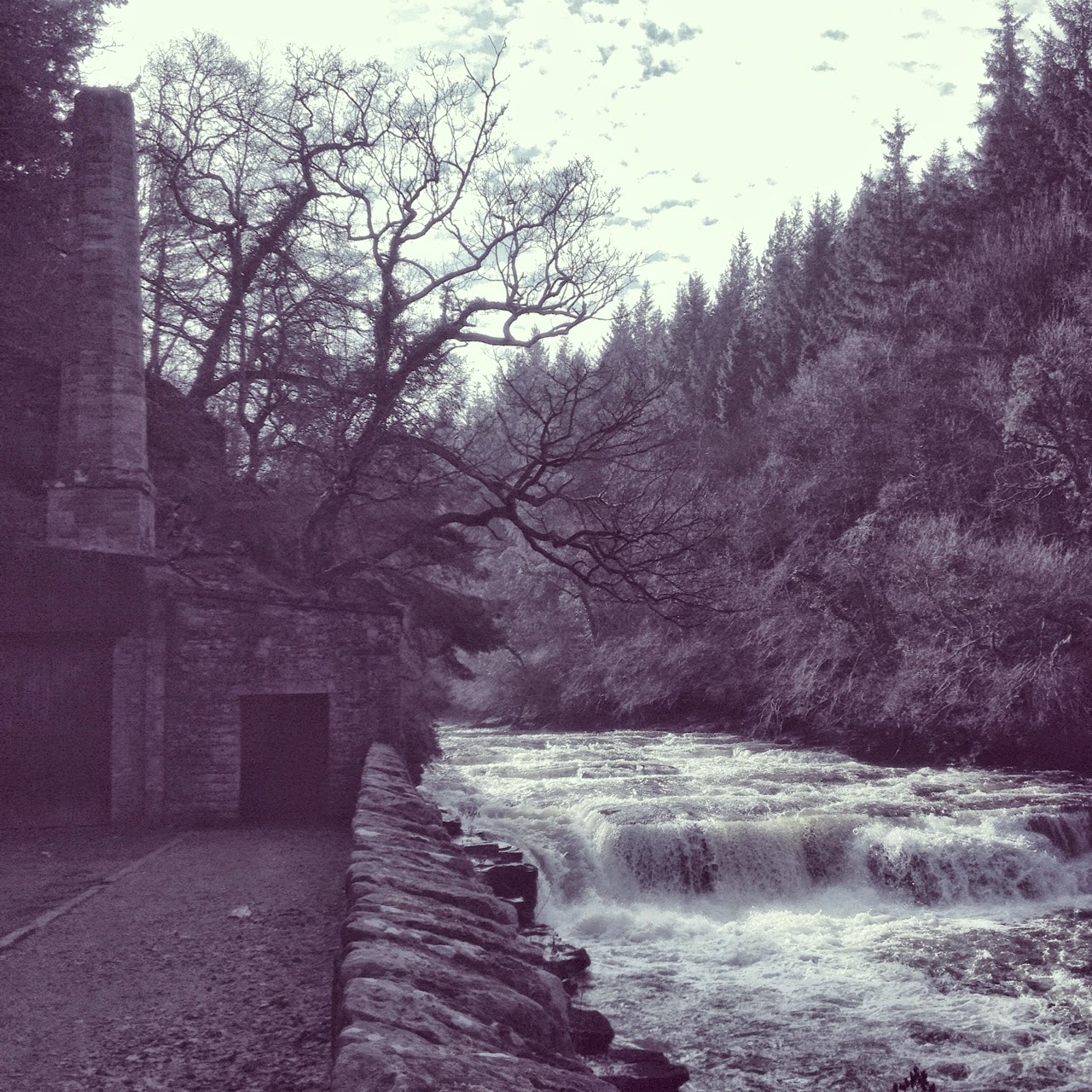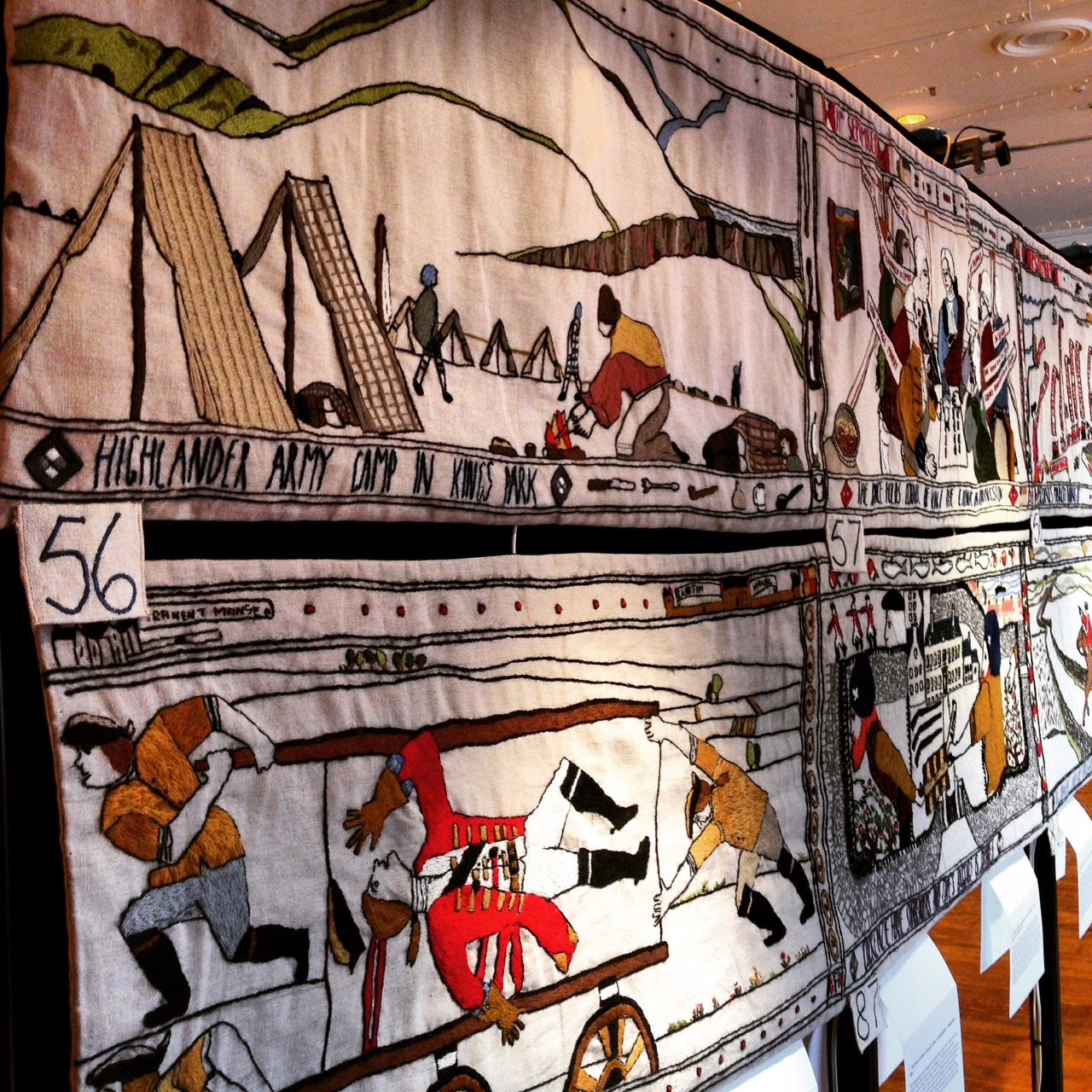New Lanark is an eighteenth century restored cotton mill village on the banks of the River Clyde, close to the Falls of Clyde in Southern Scotland. New Lanark was created as a cotton-spinning village in the late eighteenth to early nineteenth century and was transformed under the management of Robert Owen. Owen greatly improved the conditions, facilities and services for the workers and their families and this led to many social improvements including progressive education, factory reform, more humane working practices and garden cities.By 1799 New Lanark was the biggest cotton mill in Scotland and formed one of the largest industrial groups in the world. Over 2,000 people lived or worked in the village. The mill continued manufacturing cotton for nearly 200 years, until 1968. This helps explain why the buildings in the village are so little changed.New Lanark was inscribed as a World Heritage Site by UNESCO in 2001.The Outstanding Universal Value of New Lanark is based on its remarkable degree of survival as a late eighteenth, early nineteenth century planned mill village. The benevolent paternalism of mill owner Robert Owen is physically expressed at New Lanark through its planned layout. His concern for the well being of workers is demonstrated by the provision of the education institute, school and spacious workers’ housing. Owen’s social philosophy had a profound influence on the development of social developments throughout the nineteenth century and beyond.Read the full Statement of Outstanding Universal Value [pdf, 209kb]New Lanark is located in southern, central Scotland, adjacent to the market town of Lanark.Inscription and Significance
Location

Prestonspans Tapestry
The Prestonpans Tapestry celebrates the enduring triumph of youthful Hope and Ambition. 140 metres ambitions.
The journey 25 year old Bonnie Prince Charlie made from France then through the Scottish Highlands to Victory at Prestonpans is depicted in 104 metre wide embroidered panels.








.JPG)
















.JPG)




No comments:
Post a Comment